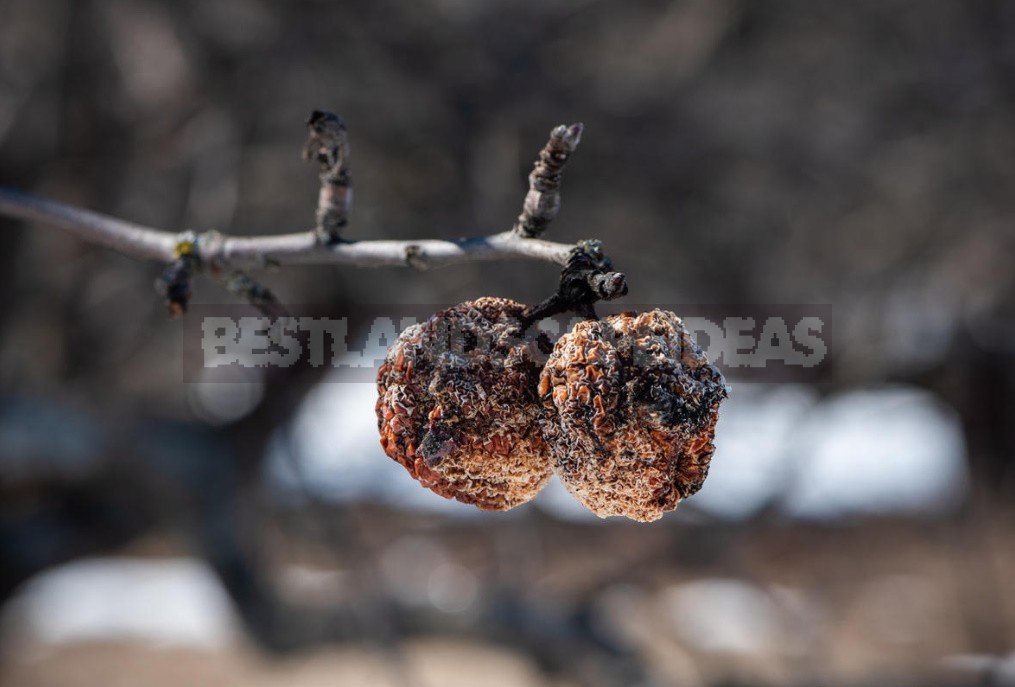Pitcher Plant
Proper drainage and the right soil will help keep the plant growing well. This leaf looks like a jug or pitcher.
Hanging Plant Pitcher Plant Hanging Plants Indoor Pitcher Plant Inside Plants
Spermatophyta Seed Plants Class.

Pitcher plant. The leaves which look like pitchers are used as traps for prey. North American pitcher plants are easy to grow and efficient flycatchers. The insects are drawn in by a sweet nectar and visual lures.
How do these plants trap their prey. Carnivorous plants have some special trapping mechanisms which are adaptations that help them thrive in poor soil. Ensuring the soil has a slightly acidic pH can be very helpful.
Care of Pitcher Plants. The pitcher plant has hollow special types of leaves. Pitcher plants need boggy soil.
Pitcher plants are several different carnivorous plants which have modified leaves known as pitfall trapsa prey-trapping mechanism featuring a deep cavity filled with digestive liquidThe traps of what are considered to be true pitcher plants are formed by specialized leaves. If planted in clay soil the soil can retain too much water. These plants are called pitcher plants because of their structure and shape.
Due to its attractive scent and appearance insects and other small animals become encouraged to fall into its pitcher-like leaves containing digestive enzymes at the bottom of the trap. Varieties that have a white-topped pitcher plant as a parent also produce blooms in the fall. They are found in a variety of environments naturally existing in only a few places geographically Madagascar Australia and Southeast Asia.
Pitcher plants thrive in full sun to light shade. Pitcher plants are carnivorous and they have pitcher-like structures to trap prey. In contrast a Pitcher Plant is a group of plant species that belong to a minimum of four plant families viz.
The Nepenthes Pitcher plant or Monkey Cups is a part of the family Nepenthaceae or Old World Pitcher plants. Learn more about the many beautiful species of Sarracenia including alata flava leucophylla minor oreophila psittacina purpurea rubra and discover how best to care for these fantastic carnivorous plants. The 76 different species of pitcher plant vary greatly in size though they all share the same trapping mechanism and general anatomy of their traps which are modified leaves.
Angiosperms Flowering Plants Subclass. They grow in nutrient-poor soils getting their nutrition from the prey they lure with sweet nectar. Tracheophyta Vascular Plants Subdivision.
The most popular pitcher plants grown in gardens are. Bromeliaceae Cephalotaceae Nepenthaceae and Sarraceniaceae. Perhaps the Pitcher plant is the most mysterious leaf in the whole wide universe.
Unlike animals plants do not move around and they dont have limbs mouth or sharp teeth to catch prey. Pitcher plant comes in different shades of purple yellow and pink which makes it an attractive carnivorous houseplant. It is important when.
Pitcher plants are sensitive to chemical drift from pesticides or herbicides. As much as the pitchers put on a show the flowers are Avent says bizarre. The inside of the tube is often too slippery for the insect to climb out.
Pitcher plants are carnivorous plants able to use their tube-shaped leaves to trap and digest insects. It thrives well in bright indirect light. Pitcher plants are found in a wide range of habitats with poor soil conditions and rely on carnivory to obtain nutrients such as nitrogen and phosphorus.
The plants attract and drown their prey with nectar. Nepenthaceae family alone has 100 species of plants. The plants in the latter family are not climbers but grow on the ground.
Feeding Pitcher plants generally require no supplemental fertilizer although you can mist the plants with a very dilute fertilizer solution during spring and summer mix no more than ¼ to ½ teaspoon per gallon 2 ml-4 L using a water-soluble fertilizer formulated for bromeliads or orchidsYour adult pitcher plant will be happy if it can catch a couple of insects every month. Pitcher plant any carnivorous plant with pitcher-shaped leaves that form a passive pitfall trap. Most of the pitcher plant species belong to the families Nepenthaceae and SarraceniaceaeThe family Nepenthaceae are mostly climbers with pitchers formed at the end of the leaves midribs in case of Sarraceniaceae family pitchers are formed by the entire leaves.
Caring for pitcher plants is minimal. The best temperature for pitcher plants that are grown inside is between 60 and 70 F. Pitcher plants are a variety of carnivorous plants whose modified leaves act as a kind of danger trap.
Trying to grow a pitcher plant in an area that lacks ample humidity can be a challenge. The plants leaves have an upward tabular trap with a cavity filled with digestive liquid nectar that lures the prey. Indoor plants should be fertilized at the start of the growing season with a good orchid food and every month until fall.
If your pitcher plant is going downhill consider placing it inside of a terrarium. Pitcher plants love humidity so move it to a humidified area. Pitcher plants are carnivorous and use passive traps to catch prey.
The Tropical Pitcher plant Nepenthes is another carnivorous pitcher plant indigenous to the tropical regions like Southeast Asia and India. Pitcher plants that are grown inside need the proper potting soil and drainage. Pitcher Plant Bloom Guide Before the pitchers emerge the plants also produce white pink red or yellow blooms beginning in April and continuing through May.
About Carnivorous Pitcher Plants.
Pin On Plants And Plants With Flowers
Red Pitcher Plant Nepenthes Rafflesiana Kalimantan Borneo Indonesian Borneo Cool Plants Pitcher Plant Unusual Plants
Nepenthes Species Pitcher Plants Pitcher Plant Plants Carnivorous Plants
Pin On Nepenthes Aka Tropical Pitcher Plants
Pretty Purple Pitcher Plant Plants Unusual Plants

/EdibleFlowers01-b82a8ce14add4b1fa7815c45bf90a4e7.jpg)

